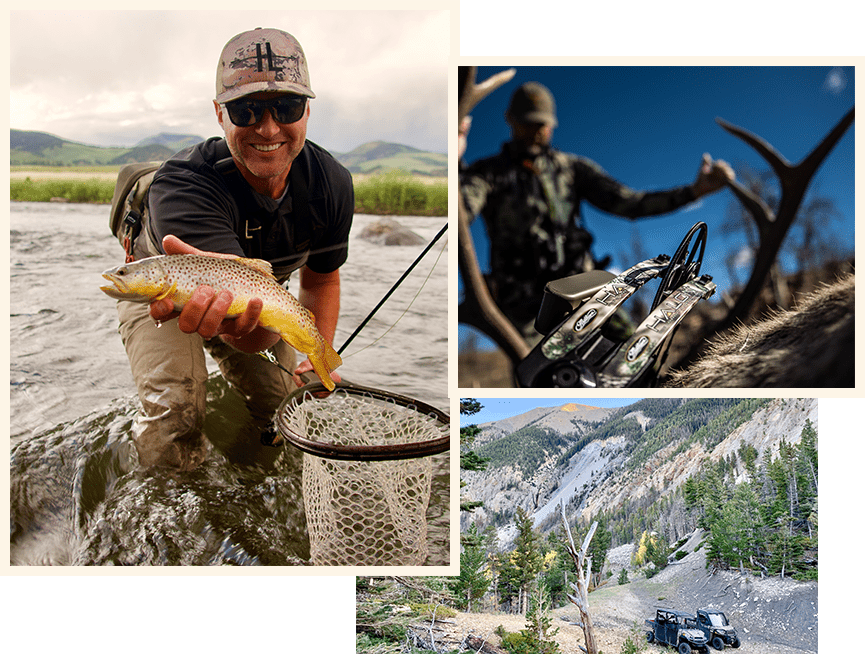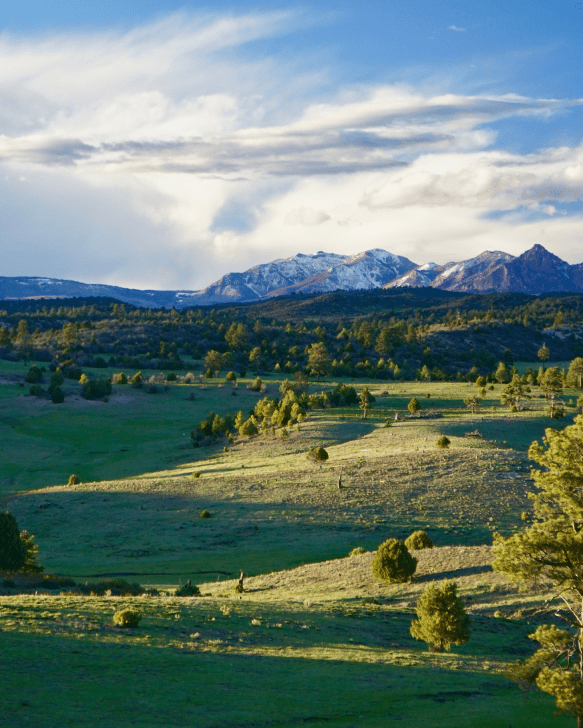At first blush, ranch real estate owners in the West may not consider fencing to be worrisome issue. But for many ranchers, including ranches for sale, fencing is a primary focus for several reasons.
First, fences are vital to any swath of ranch property involving livestock. It’s a simple proposition when you consider things like property lines and interfaces with public lands, like U.S. Forest Service or Bureau of Land Management property. Keeping livestock where they belong is important.
But maintaining fences isn’t just for keeping livestock within a ranch’s prescribed boundaries. Often, large ranch acreage is also important to regional wildlife herds. Fences can be significant barriers for migrating deer, elk and pronghorn. This means ranchers in the West must carefully choose the types of fencing they use.
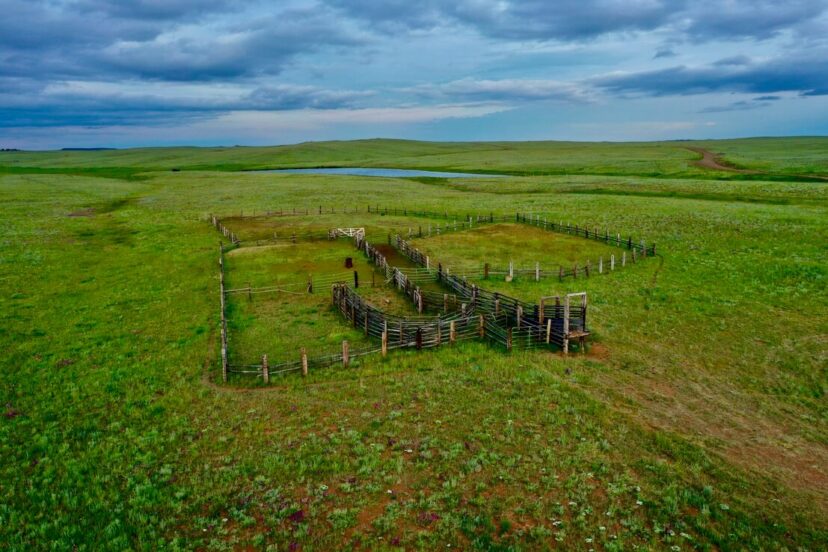
Considering listing your ranch for sale? Invest in your fences
Owners of ranch real estate should always take into account the wildlife frequently found on their property. They should know when and how these animals move across the land.
Many large ranches in the West, including some ranches for sale, include important winter range or seasonal migration routes for big game. While it’s important to make sure livestock stay within prescribed boundaries, it’s also important to choose fencing wildlife can navigate.
Thankfully, there are lots of options for ranch real estate owners, including:
- Constructing fences of the appropriate height that also includes appropriate space between crosswires.
- Lay-down fences — fences that can be dropped to the ground during the migration season.
- Fences that include extra gates that can be opened during migration season or when livestock is contained elsewhere.
- Flagged or marked fences that are visible to migrating wildlife and birds, like sage grouse and raptors.
- Crossbuck fences in riparian zones can protect rivers and streams

Image courtesy Montana Fish, Wildlife and Parks.
Fence height is important for wildlife that use ranch property
Most deer, elk and moose can easily clear a fence that’s 40 inches tall. Most state livestock agencies recommend or require that fences be no taller than 42 inches. But this can be confusing, because, depending on the slope of the ground, a 42-inch fence can actually be much higher, or even lower.
For this reason, careful consideration of a fence’s height in relation to the topography is very important.
While adult deer, elk and moose don’t generally have trouble with 42-inch fences, pronghorn are much more likely to try and navigate a fence by going under it. For this reason, the bottom rung of wire should be a smooth, barb-free wire about 16 inches off the ground.
And, for fawns and calves, that 40-inch height seems to be about right. But, livestock agencies recommend that the space between the top two strands of barbed wire be at least 10 inches wide, and, preferably, a full foot.
Deer and elk gather all four feet together before jumping over fences. If they’re going to get tangled up, it’s usually going to happen when their back legs get tangled in the top two strands of wire. If the wire is far enough apart, the chances of getting tangled up drop precipitously.
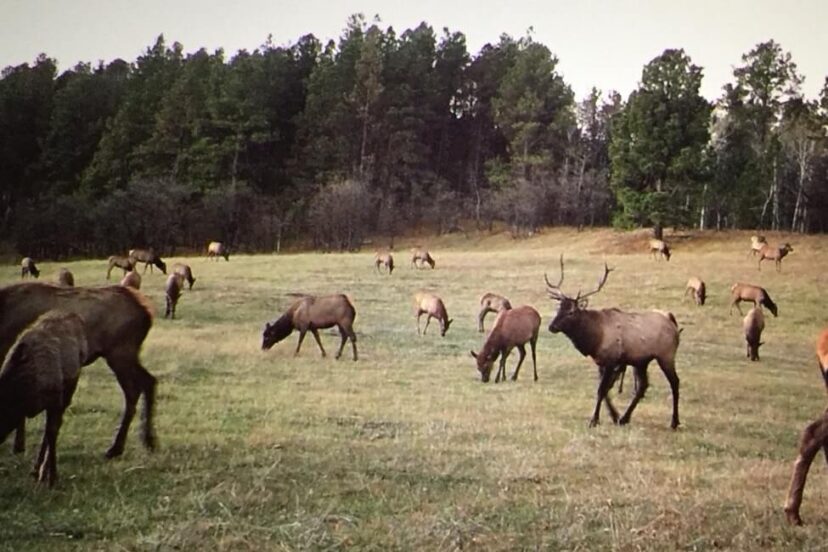
Lay-down fences are great for migration across ranch property
Lay-down fences might seem counterintuitive to many ranch real estate owners. But, when livestock is contained elsewhere, especially during the winter months when big-game herds are on the move, these fences make the best sense.
And, they’re easy to build and maintain. They simply consist of stretches of fence, between posts, that can be easily “laid down” on the ground. Spaced a few hundred yards a part, they make it very easy for wildlife to navigate fence lines without getting tangled up.
Certainly, you’ll devote some time each fall and spring laying the fences down and lifting them up again to contain livestock. But you’ll have done migrating wildlife a huge favor and you’ll improve overall wildlife habitat on your ranch.
That’s something to consider if you’re a hunter, or if hunting plays a role in the operation of your ranch.
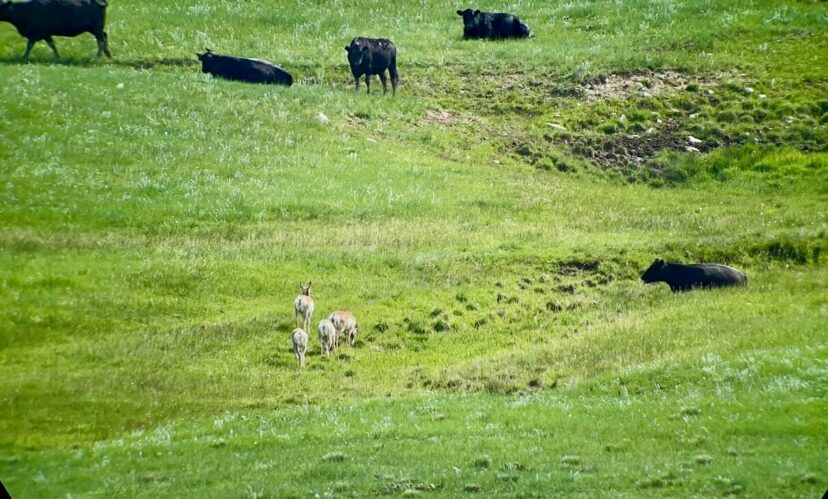
Fences with added gates make migration easier
The expense of adding more gates to a fence row must be taken into account. But, gates that can be left open during the migration season when livestock containment isn’t needed are beneficial to wildlife movement.
Simply adding an extra gate every 400 yards or so can allow migrating game herds to pass during the winter. This greatly reduces the challenges deer, elk and pronghorn face in the winter. This is when they seek out available browse beneath the snow.
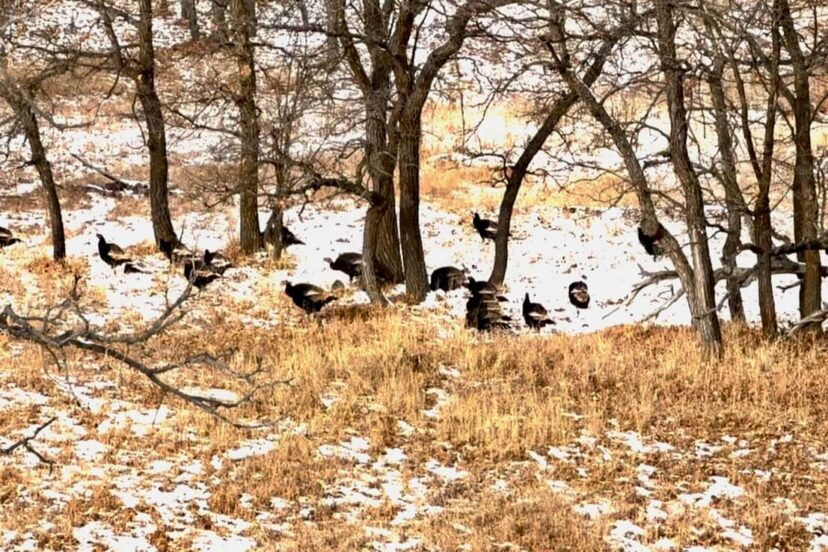
Flagged or marked fences improve visibility
On large ranch real estate acreage where increasingly rare sage grouse are present, flagged or marked fences can be lifesavers.
Birds like grouse, pheasants, wild turkeys, Hungarian partridge and raptors can have a hard time seeing thin wire fence strands. If your ranch is home to these important upland game birds, consider flagging your fences or installing lightweight fence markers across strands of wire to increase their visibility.
Also, in areas where game birds and big-game are present, consider adding lengths of PVC pipe to the top strand of wire. This makes the fence more visible and easier for animals to clear.
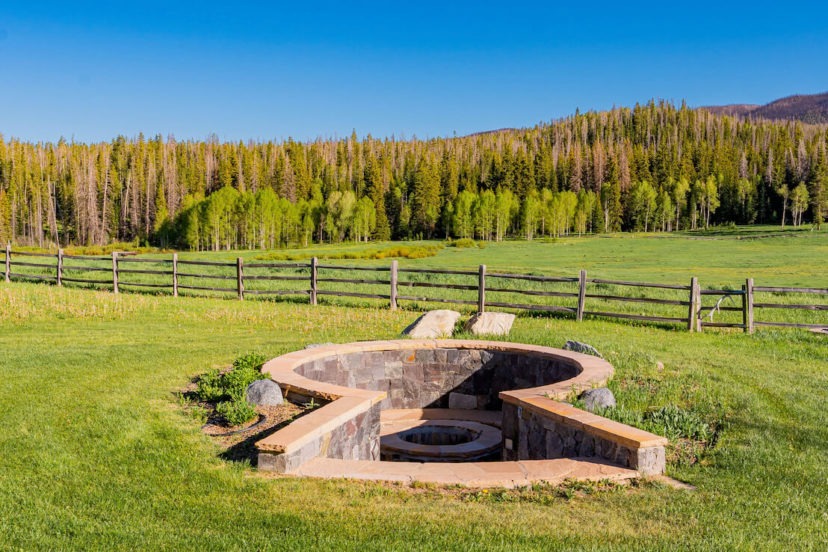
Crossbuck fences are great around important water sources
While livestock needs water, so do big-game animals. Experienced ranchers know that cattle will always take the path of least resistance. This is why many ranchers funnel cattle to hard-pan areas of a river or stream so any damage they do to the waterway will be limited.
And, for the most part, a crossbuck fence is preferred in riparian areas. It’s durable and easy to clear for deer, elk, moose and bears, and easy to get under for pronghorn. Yes, it’s a more expensive and maintenance-intense fence, but it serves to protect a vital resource on any stretch of ranch real estate: water.
A crossbuck fence is an investment, not only in a ranch’s livestock, but also in its wildlife and its fishery. If hunting and fishing are important to you, a cross buck fence is a great way to protect your ranch’s fish and game resources
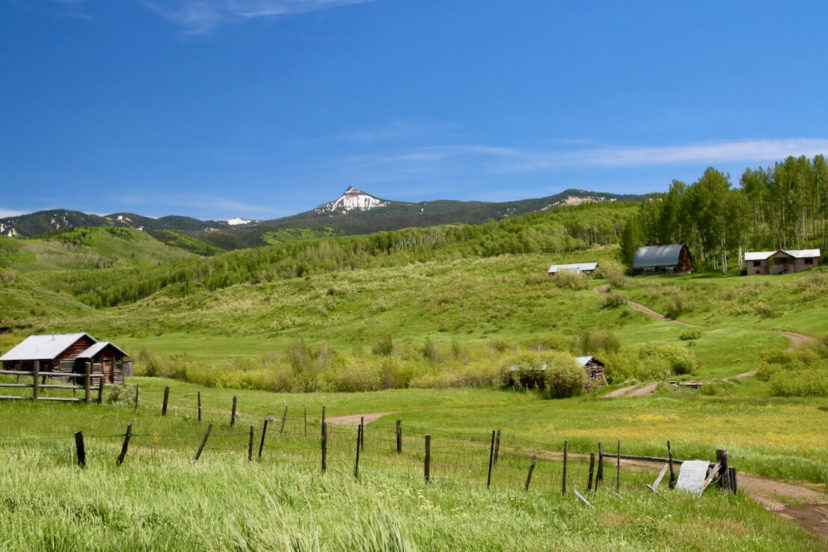
Final word
As you can see, fencing may seem to be a trivial issue when you’re considering buying a ranch for sale. But, it’s not. It’s a very important component of running a successful ranch operation.
A ranch property that invests in wildlife-friendly fencing is going to offer better habitat for game and fish of all stripes, and that makes a ranch more valuable. If you’re considering listing your ranch for sale improve the market value of your ranch property by investing a bit in your fences.
Conversely, if you’re in the market for ranch real estate, don’t ignore the quality of the fences. Good fences that allow for migration and visibility likely means the ranch is home to healthy (and huntable) game populations.
That means a ranch for sale is probably worth more from an investment perspective.

